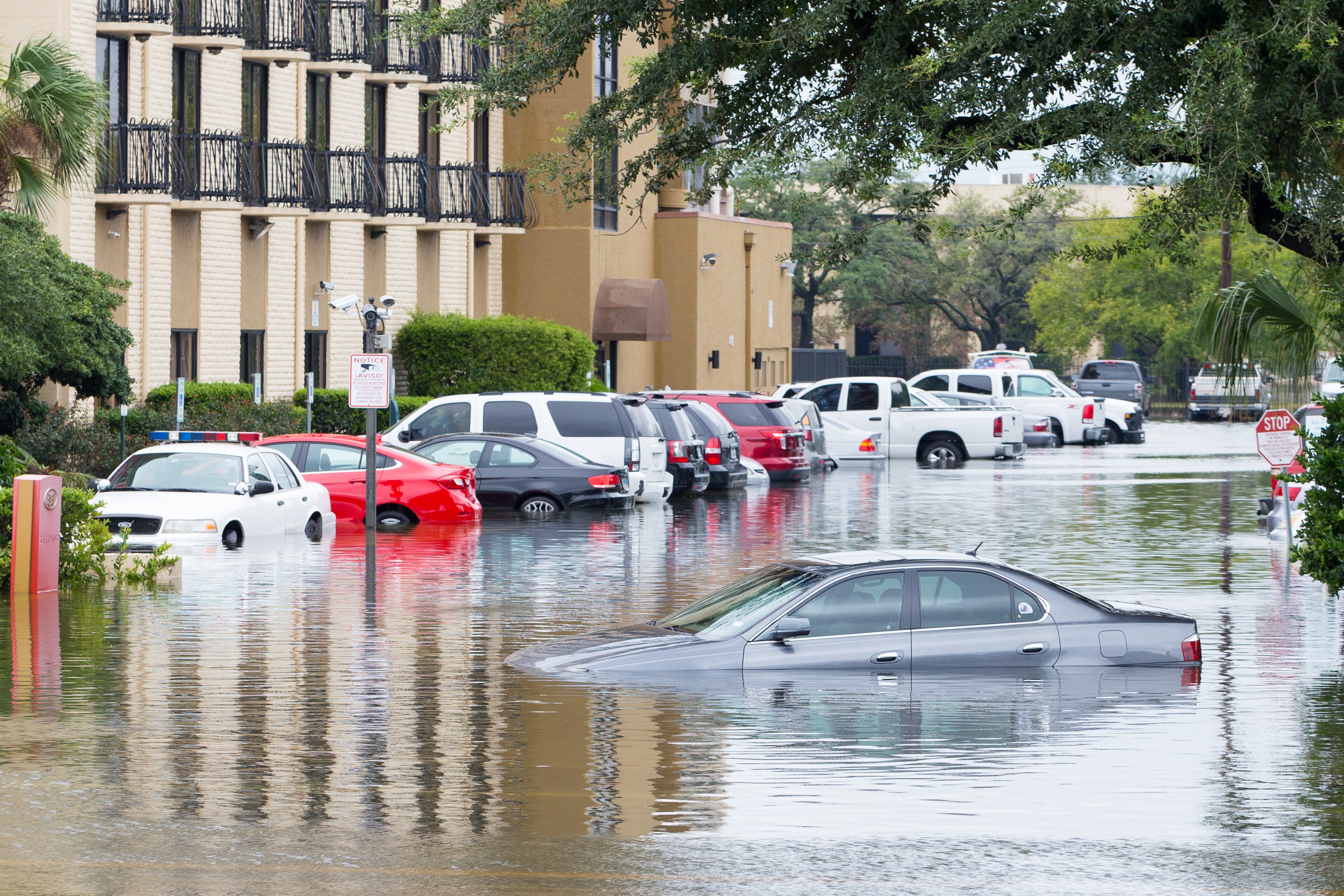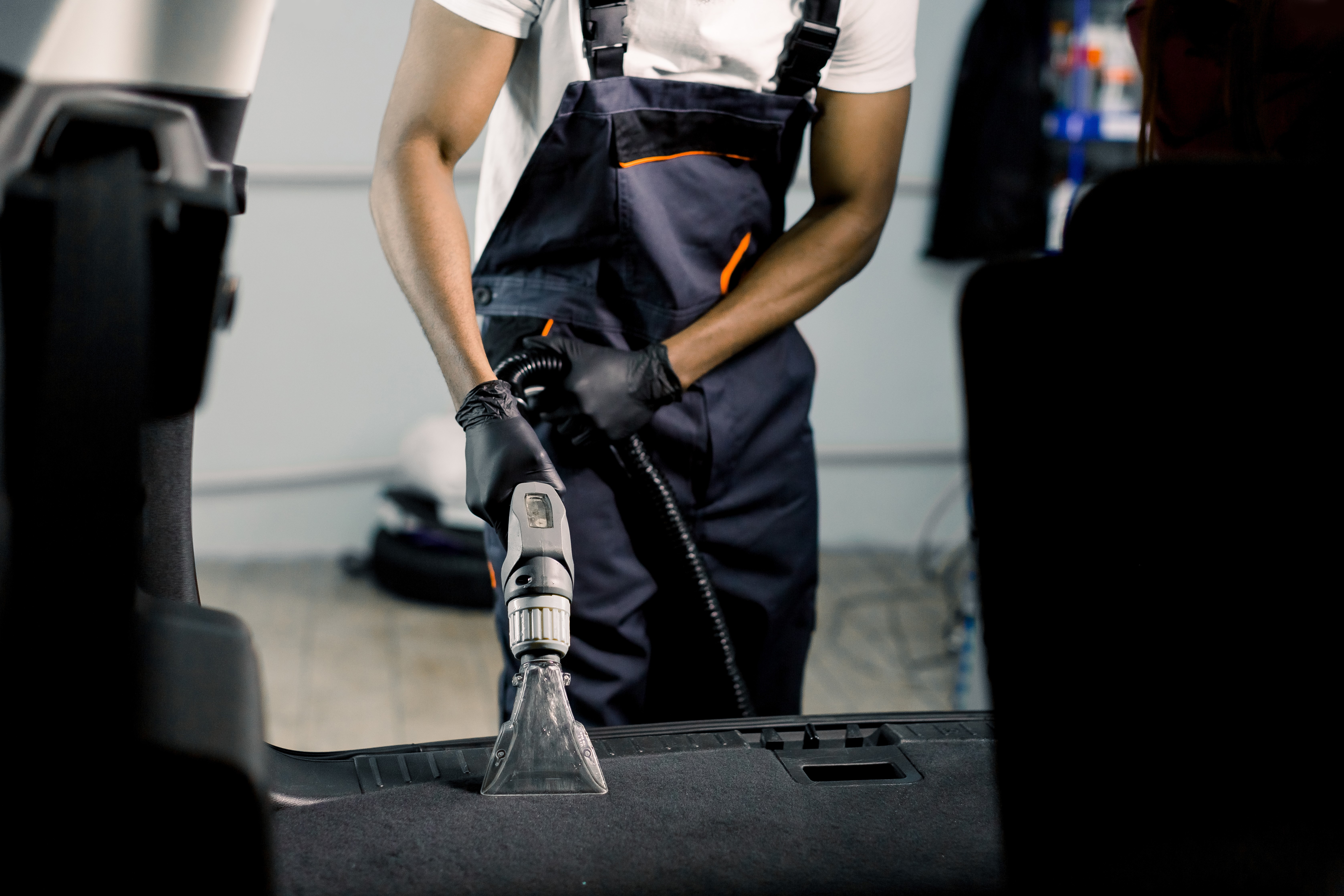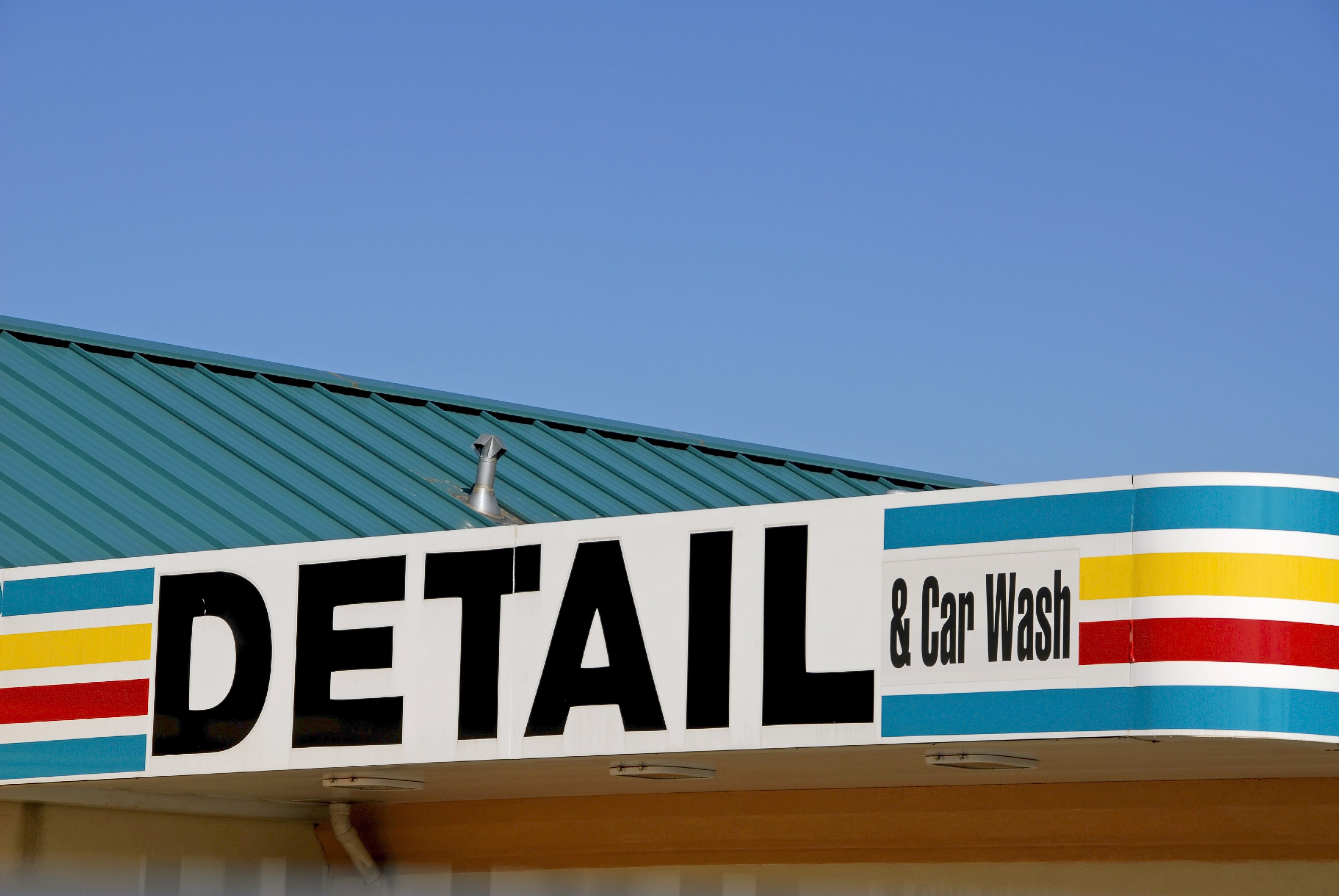Professional Water-Damaged Car Cleaning Steps for Car Wash Owners and Operators
 Water is not good for a vehicle, especially when it gets inside the car or there is a flood that submerges the car in deep water. The first thing that should be done is to assess whether the car is salvageable or beyond saving. If the car was sitting in submerged water for a prolonged period, it might be able to be repaired.
Water is not good for a vehicle, especially when it gets inside the car or there is a flood that submerges the car in deep water. The first thing that should be done is to assess whether the car is salvageable or beyond saving. If the car was sitting in submerged water for a prolonged period, it might be able to be repaired.For minimal water damage, as when the windows are left down during a heavy rainstorm or water gets into a car from a flood but doesn’t remain long, the car can be salvaged. As stated, the first thing to do with a water-damaged car is to assess the extent of damages.
What Types of Damages Can Be Found in a Water-damaged Car?
Water can cause a host of problems when damages are not properly addressed. Some of the more common problems that have to be resolved in a water-damaged car can include:
1. Electrical Problems
Electricity and water do not mix. You will need to determine if water has gotten into the electrical system. It is a good idea, due to the risk of being shocked, to have your mechanic perform a complete test on the system and replace any wiring, fuses, and other electrical parts and components that were damaged.
2. Mechanical Problems
If water gets into the engine, gas tank, or brake system, it will cause mechanical problems. If water got into the engine, DO NOT attempt to start the vehicle. You will want to have your vehicle towed to your mechanic so they can take apart the engine, drain the water, and then dry it out before putting it back together.
It is also a good idea to have all fluids drained, flushed, and refilled. Water in oil, gas, or coolant will damage the engine, even if no water got into the engine.
3. Mold and Mildew
Mold and mildew thrive in wet and damp environments. It is important to make sure the flood-damaged car is cleaned, detailed, and dried to prevent mold and mildew from developing. Do not forget to replace air filters too.
What Should the Car Owner Do Before Having You Clean Their Water-Damaged Car?
The owner will want to contact their insurance company and file a water damage car insurance claim. After filing the claim, the insurance company will instruct them on what they need to do next, such as having the car inspected by their mechanic to determine if it can be saved.
They should have their vehicle towed to a mechanic to have electrical and mechanic problems assessed. If the flood-damaged car can be saved, after the mechanic has completed their repairs, then the car owner will want to have the vehicle towed to your car detailing and car wash business for deep cleaning.
What Steps Should Be Taken When Cleaning a Water-Damaged Car?
It is important to dry the car out as quickly as possible. Your customer should start this process as soon as possible by opening the doors to let out any excess water trapped inside. They should leave the doors open so that air can get inside the car to help dry it out. Once the car arrives at your car detailing and car wash business, you will want to:
1. Open the doors, windows, and trunk.
 You will want to continue to allow air to get inside the vehicle until it has been fully cleaned, detailed, and dried. The car owner probably forgot to check the trunk, “stow-and-go” areas, and the spare tire area for water. Make sure to open these up too.
You will want to continue to allow air to get inside the vehicle until it has been fully cleaned, detailed, and dried. The car owner probably forgot to check the trunk, “stow-and-go” areas, and the spare tire area for water. Make sure to open these up too.2. Remove car mats and carpeting.
Remove the car mats and hang these up to dry. Remove the carpeting, if possible. If not, you still want to try to lift up the carpeting carefully so that air can get underneath it. Remove the trunk liner and storage and spare tire covers and hang these up to dry, as well.
3. Drain out any remaining water.
Some vehicles have drain plugs in various locations under the carpeting. Pull these out to quickly drain out excess water. If the vehicle doesn’t have drain plugs, use a wet vac to suck up the excess water.
Vacuum the carpeting and upholstery with a wet vac and continue sucking out water until it is removed. The carpeting and upholstery will still feel damp but should not feel wet or saturated.
4. Open glove boxes and remove the spare tire.
Depending on how much water got inside the car, you will want to check the glove boxes for water damage. Don’t forget to remove the spare tire for full access to this area, which may still be wet or have water in it.
5. Shampoo the carpeting, floor mats, and upholstery.
Use a car-friendly anti-mold/anti-mildew shampoo on the carpeting, floor mat, and upholstery. For vehicles with leather seats, you may need to remove the seats from the vehicle so they can fully dry and be treated with the appropriate cleaning products.
6. Use products like silica gel to remove any excess moisture from the vehicle.
These products absorb humidity and moisture from the air. When you get to this step, place the products all around inside the vehicle and the trunk. Close the doors, windows, and trunk so they can work effectively.
7. Use fans pointed inward to help dry out the vehicle.
Once you have removed as much water as you can from the car, you still want to make sure everything is fully dried. Position fans to blow inward into the vehicle to help dry the carpeting, upholstery, and trunk. Make sure to leave open glove boxes, storage areas, and spare tire housing.
8. Detail clean the interior.
Now that the car is dried out, detail clean it using various auto detailing supplies. Make sure to wipe down all surfaces, door panels, air vents, etc. Treat the carpeting, upholstery, and trunk with an anti-mold/anti-mildew spray as well.
9. Place deodorizers in the vehicle.
Even after detailing the car, it can still have strange odors. You can use charcoal, baking soda, or other “odor-eating” products that absorb unpleasant and strange odors. Just like the silica gel, place these in several locations inside the vehicle and trunk and close it up so they can work effectively.
10. Put everything back together.
Replace the spare tire and spare tire cover. Close or put the storage area covers back on. Close up the glove boxes. Reinstall the seats if you removed them. Reinstall and trim pieces you may have removed to lift or remove the carpeting.
Other Considerations When Cleaning a Water-Damaged Car
 Keep in mind the vehicle could require other types of cleaning, depending on the extent of water damage inside. For instance, if mud got inside, you may also need to remove the dashboard, door panels, and air vents to thoroughly dry out and clean the vehicle.
Keep in mind the vehicle could require other types of cleaning, depending on the extent of water damage inside. For instance, if mud got inside, you may also need to remove the dashboard, door panels, and air vents to thoroughly dry out and clean the vehicle.Auto detailing a water-damaged car is a lengthy process that can take several days or longer to complete correctly. Never rush through the process, to ensure the vehicle has been properly dried out and detailed.
For customers who have filed a claim with their insurance, make sure to talk to the insurance company directly before you begin any work. The insurance company may require a quote before they authorize the work to be done. The insurance company might also require you to collect any deductible directly from the customer and subtract from the amount you invoice the insurance company.
Car wash owners and operators that clean and detail flood-damaged cars will find it can be a great way to supplement their services and attract even more business.
To find auto detailing supplies at wholesale prices for car detailing and cleaning, car wash parts, vending products, and more, please feel free to shop online at Superior Car Wash Supply or contact us at 800-554-9274 for further assistance today!